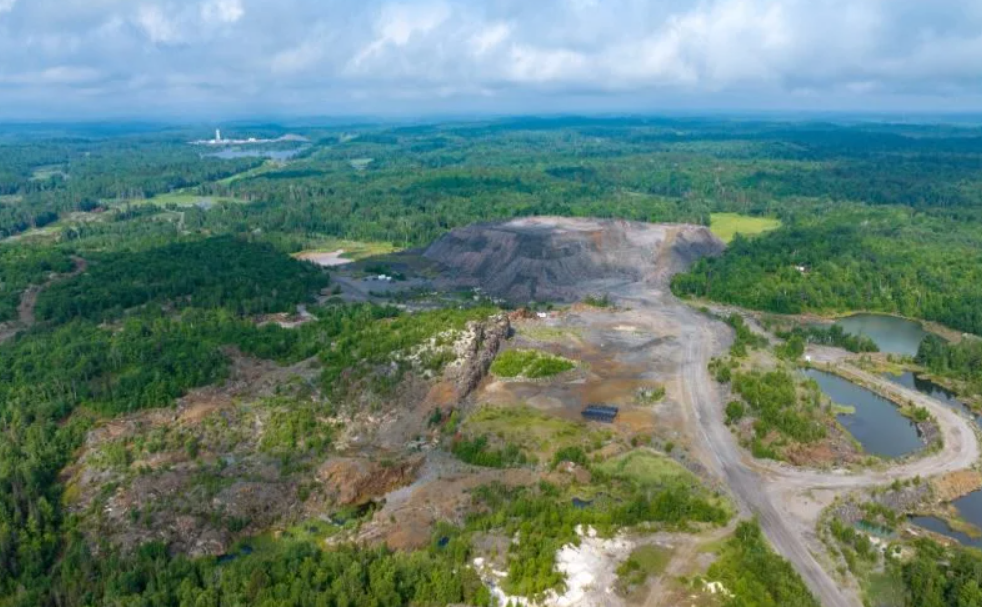Aura Minerals (TSX: ORA) (OTCQX: ORAAF), anticipating a potential increase in gold reserves, has withdrawn its long-term production guidance from beyond the previously stated 450,000 gold-equivalent ounces (GEOs) by the end of 2025.
The revision is based on a proposed expansion of the Matupá growth project located in Mato Grosso, Brazil, which was originally expected to yield 293,000 oz. of gold over a 7-year mine life, including up to 55,000 oz. annually over the first four years.
Earlier this year, the company expanded the project by acquiring six additional mineral rights near the existing deposit and located within the same geological setting. Over the next 12 months, it plans to invest US$1.6 million and undertake 13,000 metres of drilling to validate the mineralization continuity and grades.
With the recent acquisitions of the Pezão and Pé Quente projects, in addition to the ongoing exploration works at the Serrinhas and X2 targets, the Canadian miner said it expects a significant increase in the geological potential of the region where it plans to develop the Matupá mine.
As a result, the company has now decided to temporarily postpone the start of construction at Matupá while it advances its geological knowledge of the new targets to gain better visibility of the project’s potential.
The decision to postpone construction, as Aura emphasized, is based on the potential expansion of the Matupá project, which reinforces the company’s plan not only to achieve but to exceed the 450,000 oz. annual production target in the coming years.
“The decision to postpone the Matupá construction reflects our strategy of maximizing the returns on the invested capital,” Aura’s CEO Rodrigo Barbosa stated in a news release.
“At the same time, we reaffirm our commitment to the plan of exceeding 450,000 GEO production in the medium term, continuing to advance both in the implementation of Matupá and in the optimization of our existing assets, as well as in the evaluation of potential acquisitions,” he added.
Meanwhile, Aura added that it remains focused on its initiatives to increase productivity and efficiency across its assets, such as the capacity expansion at the Almas mine in Brazil, which began production in August 2023 and is currently operating at a capacity of 1.5 million tonnes, with the expectation to reach 1.8 million tonnes in 2025.
The company is also focused on the construction of the Borborema project, also in Brazil, which is expected to start production in the first quarter of 2025, averaging 83,000 oz. of gold annually for the first three years of operation.



